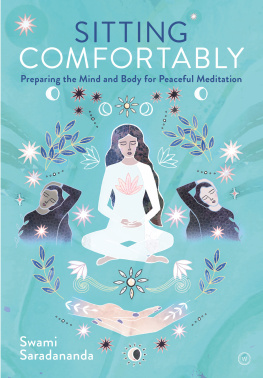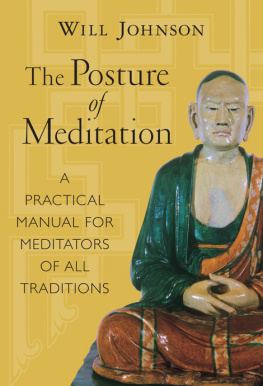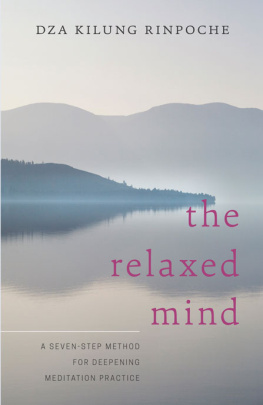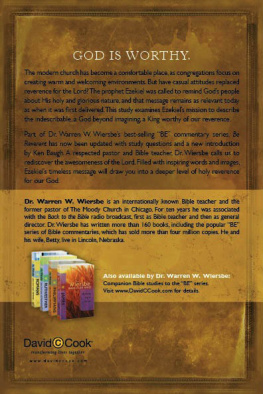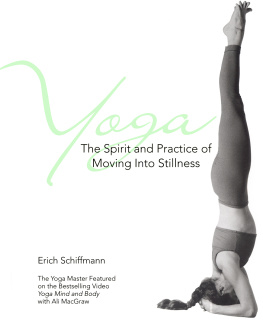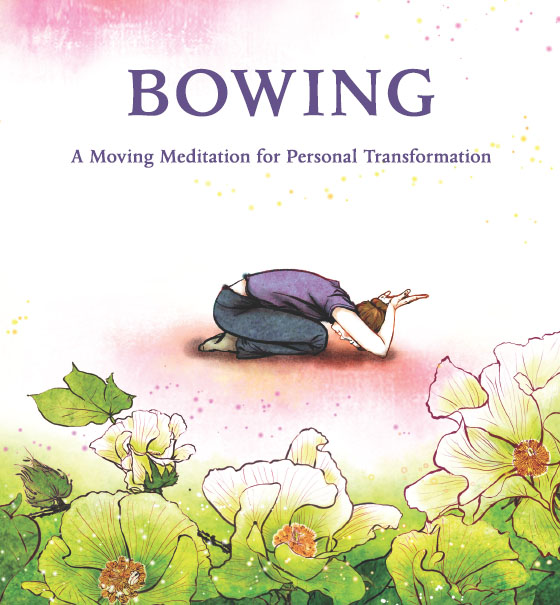
BOWING
A Moving Meditation for Personal Transformation
BOWING
A Moving Meditation for Personal Transformation

Dahn Yoga Education

BEST Life Media
6560 Highway 179 Ste. 114
Sedona, AZ 86351
www.bestlifemedia.com
1-877-504-1106
Copyright 2010 by BEST Life Media
All rights reserved. No part of this book may be produced or transmitted in any form or by any means, electronic or mechanical, including photocopying, recording, or by any information storage or retrieval system without permission in writing from the publisher.
This book should be regarded as a reference source and is not intended to replace professional medical advice. Seek the advice of your physician before beginning this or any fitness program. The author and the publisher of this book disclaim any liability arising directly or indirectly from the use of this book.
First paperback edition: June 2010
Library of Congress Control Number: 2010927128
ISBN: 978-1-935127-44-4
If you are unable to order this book from your local Dahn Yoga or Body + Brain center, you may order through www.bestlifemedia.com.
Mastering others is strength.
Mastering yourself is true power.
Lao-tzu
Contents
Appendixes
Foreword
Bowing is the most beautiful of human activities.
This statement may seem extreme, but for me it is true. Bowing is an act that represents all of life in its most poetic form. I happen to believe that life is more than just an evolutionary accident. All the struggle, pain, and conflict that we experience happen for a purpose. Bowing is a practice that will impart to you the humility, discipline, and acceptance needed to really see the beauty of this life you lead, and, through its symbolic representation of the greater meaning of lifes cyclical process, it will give you the faith and hope you need to keep going forward.
For those who are not familiar with bowing, it may seem strange at first. Often, people associate bowing with worship or some sort of superstition, and so they reject it. They are making a big mistake, I think. Bowing is a natural act, arising in some form in almost every culture around the world, because it is also natural for human beings to seek something bigger than their individual selves.
If you are someone new to bowing, you are very lucky. Yes, there will be sore muscles and perhaps other physical frustrations that accompany any new exercise. But being a beginner is a great gift, for it allows you to approach each bow with a pure, beginners mind. Use this precious time to establish the proper mind-set and habits to make the most of your bowing practice. It is my sincere wish that this book will be of service to you in that regard.
Bowing is, in essence, about re-creating yourself as you want to be. It is about learning to let go of old things so new things can come to you. During a bowing session, you will raise yourself up, lower yourself down, and then raise yourself up againover and over until the session is complete. This is like the process of life, a continuous cycle of in and out, up and down. If you want new and better things for your life, you must not resist this cycle. You must be willing to let go of the habits that keep you mired in your current state, as surely as you must exhale before you can inhale.
For most of us in todays culture, it is far easier to take in than to let go. Through years of habit, we have come to value the gathering of thingswealth, possessions, fame, accomplishment. In our frenzy to get more and do more, we have lost sight of the value of emptying ourselves. So much of our lives is centered on earning money, learning new facts, achieving material goals, buying this or that. Living this way is like breathing in and never breathing out. Eventually, our minds become stuffed with information and our environments overflow with material objects. Bowing is a way to get away from all of this busyness for a moment, to finally breathe out. The repetitive, meditative motion offers a simple way to cease the chattering mind so that we may touch on the quiet place that exists inside. By finding and expanding this inner place of stillness, we become vessels for energies much greater than our small selves.
The bows greatest beauty lies in the symbolic meaning it represents, which is equivalent to the meaning of life itself. In the cyclical up-and-down motion of the bow, we re-create the process through which we accomplish the realization of our highest selves. By bowing over and over again, we bring the reality of this process right into the core of our being, reminding every cell of our bodies that this growth is what life is really all about. The pain and suffering we feel in life can be reduced only by surrendering to the process that the bow represents. Bowing teaches us to surrender to life in a simple, natural way as we tap into our infinite ability to re-create ourselves.
As a practical suggestion, I recommend that you focus on forgiveness as an objective of your bowing practice. Offer forgiveness to all who have harmed you; ask forgiveness for all mistakes you have made; and, most importantly, ask forgiveness from yourself for yourself. Feel gratitude for these things and the growth that they bring.
After you bow, sit quietly and feel your heart. Feel the warmth in your chest as your heart emanates peace and love to the universe. Sit and be still in the moment. In that moment you may realize the illusory nature of all that troubles you.
I hope you find great growth and fulfillment as you embark on this journey. Empty yourself and let the powers of the cosmos fill you up again. This is your birthright and your true source of life.
Ilchi Lee
Introduction
Congratulations. You are about to embark on an amazing journey of personal growth and self-discovery This is a book about the art of bowing, a practice thousands of years old, yet undiscovered by most people in the West. As you embark on this journey of self-development through bowing, you may view yourself as a kind of pioneer, but what you pioneer has a history as deep and as rich as any of the mind-body practices that you might pursue.
While you may not be familiar with the use of bowing as a discipline, in reality it is a universal activity. Most cultures around the world use bowing in some form or another. All of the worlds major religions use some form of bowing, during prayer or other devotional activities. As an everyday part of life, it is especially associated with Eastern cultures, where people commonly bow to each other as a mutual sign of respect. Even in the West, people bow when receiving applause at the end of a performance. And only a few hundred years ago, people in Europe regularly bowed to royalty and other superiors to show submission to these authority figures.
Bowing as a mind-body development technique is something a little different. In this case, you are not bowing to some person or god. It is similar to other types of bowing in the sense that it incorporates the element of humility, but it is not about showing your humility or deference to some other human being. And it is definitely not about worshipping someone or something.
Rather, bowing as we speak of it is about cultivation of self. When you bow, you are doing it for only one person
Next page


